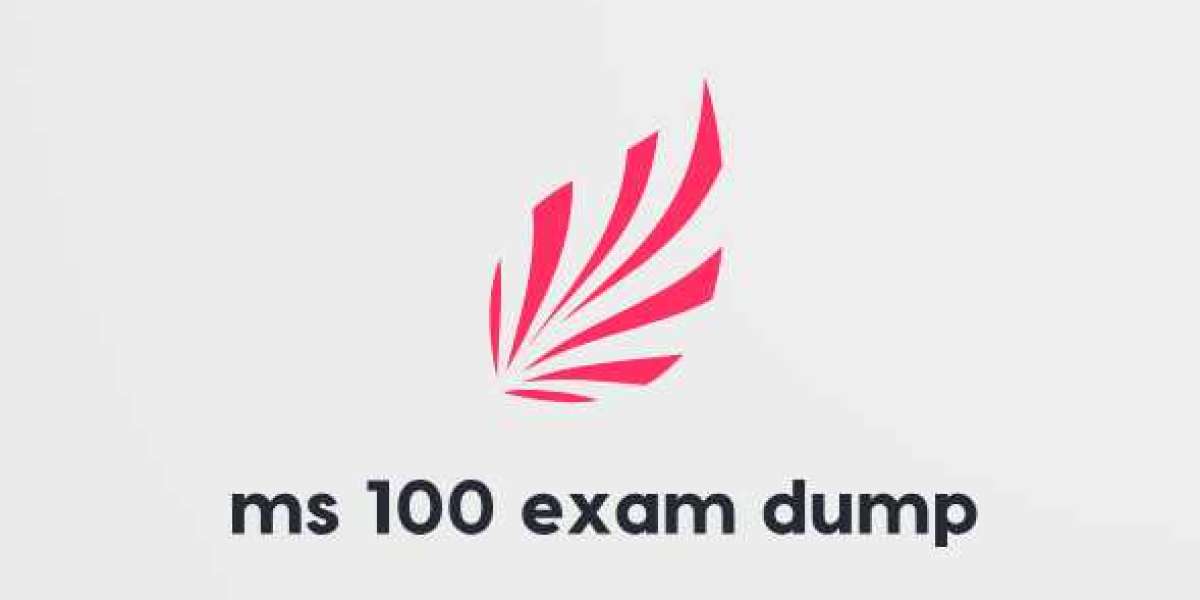Introduction to Low-Risk Treatment Solutions
In the ever-evolving landscape of healthcare, the emphasis on patient safety and effective treatment is paramount. Low-risk treatment solutions have emerged as a cornerstone in modern medicine, offering a blend of efficacy and safety. These solutions are designed to minimize potential side effects and complications, making them an attractive option for both patients and healthcare providers.
Advantages of Minimally Invasive Procedures
Minimally invasive procedures are a prime example of low-risk treatment solutions. These techniques, which include laparoscopic surgeries and endoscopic procedures, involve smaller incisions and reduced trauma to the body. As a result, patients experience shorter recovery times, less postoperative pain, and a lower risk of infection. For instance, laparoscopic cholecystectomy, a procedure to remove the gallbladder, typically allows patients to return to their daily activities within a week, compared to several weeks with traditional surgery.
Non-Pharmacological Interventions
Another facet of low-risk treatment solutions is the use of non-pharmacological interventions. These include physical therapy, cognitive-behavioral therapy, and lifestyle modifications. Such approaches can be particularly beneficial for chronic conditions like arthritis or depression, where long-term medication use may lead to adverse effects. For example, physical therapy for osteoarthritis can improve joint function and reduce pain without the need for analgesics, thereby avoiding potential side effects like gastrointestinal issues or dependency.
Emerging Technologies in Low-Risk Treatments
The advent of new technologies has further expanded the realm of low-risk treatment solutions. Innovations such as telemedicine, wearable health monitors, and personalized medicine are revolutionizing patient care. Telemedicine, for instance, allows for remote consultations, reducing the need for hospital visits and minimizing exposure to infectious diseases. Wearable health monitors can provide real-time data on vital signs, enabling early detection of potential health issues and timely intervention.
Patient-Centered Care and Low-Risk Treatments
At the heart of low-risk treatment solutions is the concept of patient-centered care. This approach prioritizes the individual needs and preferences of patients, ensuring that treatments are tailored to their specific circumstances. Shared decision-making between patients and healthcare providers is a key component, fostering a collaborative environment where patients are actively involved in their treatment plans. This not only enhances patient satisfaction but also improves adherence to treatment regimens, leading to better health outcomes.
Conclusion
Exploring the benefits of low-risk treatment solutions in the medical industry reveals a promising shift towards safer, more effective patient care. By embracing minimally invasive procedures, non-pharmacological interventions, and emerging technologies, healthcare providers can offer treatments that are both innovative and patient-friendly. As the medical field continues to advance, the focus on low-risk solutions will undoubtedly play a crucial role in shaping the future of healthcare, ensuring that patients receive the best possible care with minimal risks.







